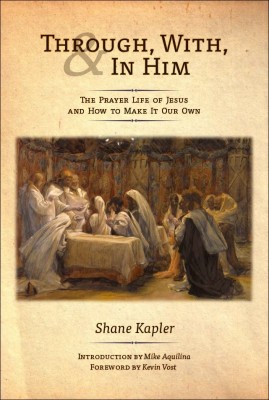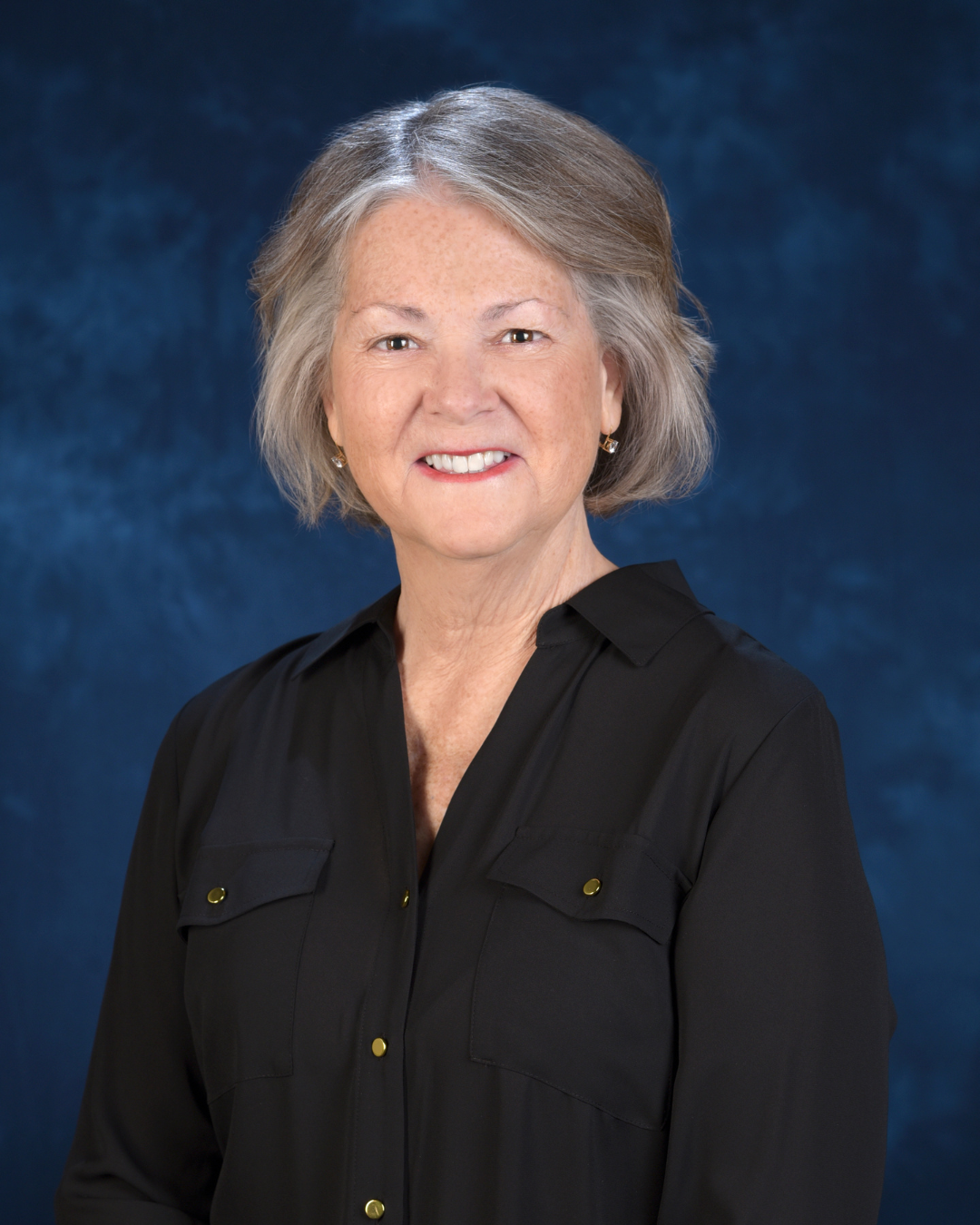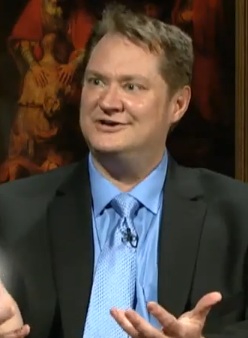Today, we feature an interview with Shane Kapler, the author of the book Through, With, and In Him: The Prayer Life of Jesus and How to Make It Our Own. I know you will love this book and thank Shane for his wonderful responses in our conversation. LMH
Q: Congratulations on the publication of your new book Shane! Please briefly introduce yourself to our readers.
I am a father of two who grew up and lives in St. Louis, MO. At age 41, I’ve been honored to share the Faith with others for over half of my life through visiting PSR classes, retreats, youth ministry, RCIA, adult education, and now through writing and radio. My conversion started with a crisis of faith as a seventh grader in a Catholic school and moved progressively forward through early college, by which time God had convinced me of everything taught by the Catholic Church. I recounted the process in my first book, The God Who is Love: Explaining Christianity From Its Center. My story makes up about 25% of the book – the narrative thread that runs throughout, linking chapters together– with the other 75% being stops along the way to unpack the Scripture, history, and logic of the different beliefs the Lord sequentially challenged me to accept. Since college I feel like the Lord has been calling me to work on my interior life, to grow in prayer; and that is the subject of my latest book, Through, With, and In Him: The Prayer Life of Jesus and How to Make It Our Own.
Q: What will readers discover between the covers of Through, With & In Him: The Prayer Life of Jesus and How to Make It Our Own?
 If your readers click on the link at the end of the last question, they can view the book’s table of contents; but let me give them a snapshot of the book too: The book’s title comes from the doxology of our Eucharistic Prayer, and calls attention to our belief that Christ raises us up into His own relationship with, and offering to, the Father. Our whole life is grace – Jesus loving His Father and brothers and sisters through us. Our prayer lives are meant express this reality. The Bible and Catechism teach that, through the Holy Spirit, Jesus prays “with us, and in us;” but that’s not how the vast majority of Christians would describe prayer. “I don’t feel that when I pray. How do I let Jesus ‘lead me’ in prayer? I’m not a mystic.”
If your readers click on the link at the end of the last question, they can view the book’s table of contents; but let me give them a snapshot of the book too: The book’s title comes from the doxology of our Eucharistic Prayer, and calls attention to our belief that Christ raises us up into His own relationship with, and offering to, the Father. Our whole life is grace – Jesus loving His Father and brothers and sisters through us. Our prayer lives are meant express this reality. The Bible and Catechism teach that, through the Holy Spirit, Jesus prays “with us, and in us;” but that’s not how the vast majority of Christians would describe prayer. “I don’t feel that when I pray. How do I let Jesus ‘lead me’ in prayer? I’m not a mystic.”
To grow in prayer requires us to stretch beyond simply praying for help with the latest emergency to consciously uniting our hearts and prayers to Jesus’ own. The exciting news that I want to get out there is how the Holy Spirit has supplied us with everything we need to enter into Christ’s prayer; all we need to do is to reach out and begin using the incredible treasury of prayer that already surrounds us as Catholics. Jesus’ prayer – both as the only begotten Son, and as a faithful first century Jew - is made present to us in the Church's sacraments, liturgy , traditional devotions, and practices. A few examples from the book:
- Jesus’ manner of praying during his nine months in Mary’s womb is mirrored in our practice of Eucharistic adoration and our use of icons
- The Eucharist is the fulfillment of not just the Passover, but of the daily sacrifice (the tamid) that Jesus and the Holy Family attended in the Temple.
- His daily praying of the Shema and Eighteen Benedictions is manifested in our praying of the Creed, Our Father, Angelus and Liturgy of the Hours
- Jesus’ baptism comes to fulfillment in our reception of Confirmation, and his prayer there on the banks of the Jordan in our acts and prayers of reparation
- Christ’s prayer at His transfiguration is continued in our practice of lectio divina and praying with the Communion of Saints.
- The same petitions made by Jesus at the Last Supper are made today in the Eucharistic Prayer.
- Jesus want s to draw our pain and suffering into His prayer/sacrifice upon the Cross
That’s a glimpse at the kind of information people will find. As I draw the connections between Jesus’ prayer and ours, I also give readers suggestions as to how they can begin integrating devotions and practices that are new to them into their lives. The book’s final chapters are devoted to what I have come to view as the quickest and most effective means (outside of the Eucharist) for uniting our prayer to Christ’s own: devotion to His Sacred Heart and Blessed Mother.
Q: Is it too much to hope for most of us that we might emulate Christ in our prayer lives?
No – this is what makes the Gospel audaciously Good News! Jesus doesn’t just make it possible for us to have a relationship with the Trinity, he invites us into his own relationship with the Father, in the Spirit. Scripture speaks about this in so many places: St. Peter wrote that we have been made “partakers of the divine nature” (2 Pet 1:4), and St. Paul wrote about, “this mystery, which is Christ in you, the hope of glory” (Col. 1:27). Paul also wrote how, “God has sent the Spirit of his Son into our hearts, crying, ‘Abba! Father!’” (Gal.4:6). The Church’s rich spiritual life is the work of the same Holy Spirit through which Jesus continually poured himself out in prayer to the Father. Believe me, I know it sounds too good to be true … but it is!
Q: What encouragement would you give to readers who sense that their prayer has become dry or rote?
First, want to remind readers that we have so many devotions and forms of prayer within Catholicism – the vast, vast majority with centuries of testimony behind them as to their effectiveness in helping our spiritual ancestors draw nearer to Christ. I talk about many of these in the book; but your readers can also click on the “Faith” tab right there at the top of CatholicMom.com to begin exploring untried devotions.
The second thing I would ask someone struggling with dryness or monotony in her prayer life to do is to dig into the “why” of her current prayer. Take something as simple as the Sign of the Cross: The Sign of the Cross is both the Nicene Creed in miniature and the fulfillment of Judaism’s Creed, the Shema (“Hear, O Israel: The LORD our God is one LORD; and you shall love the LORD your God with all your heart, and with all your soul, and with all your strength…” Jesus prayed the Shema at the beginning and end of each day, and this aspect of Jesus’ prayer is manifested in our lives when we begin and end our prayers with the Sign of the Cross. Whenever we make it we proclaim the Good News that through Christ’s Cross we enter into the inner life of the One God – Father, Son, and Holy Spirit – and that Christ’s grace empowers us to do so (think about the parts of the body that are touched) with “all our mind, all our heart, and all our strength”. When I recognized this, making the Sign of the Cross stopped being rote and became something incredibly meaningful. The same is true for any and all of our Catholic devotions and practices. What has excited me is to see how many go back to the human prayer of Jesus himself!
Q: In this book you connect Jesus' own prayer life with the prayer of the Universal Church. How has this understanding revolutionized your own prayer life?
The prayer of the Universal Church is the prayer of Christ – the Body shares in the prayer of the Head. At one point in my teen years I was very close to leaving the Catholic Church for a local, non-denominational church. But God brought a dynamic Catholic youth minister across my path, and he introduced me to a newly-formed prayer group for teens. The group brought all of the exuberance and prayerful spontaneity of the non-denominational church to its weekly meetings, but fused this with a monthly celebration of the Eucharist and retreats where we learned about the power of the Sacrament of Reconciliation, the Rosary, and praying the Liturgy of the Hours. We heard stories of the saints and the ways they prayed. I was able to look at the group’s adult leaders and see the effects these traditional forms of prayer had on them and in some cases, experienced it for myself.
The prayers of the Church and of her saints, rather than stifle my ability to express myself to God, enlarged it. I slowly came to see how the spontaneous, “authentic” prayers I offered at the beginning of my faith journey were those of a youngster - heartfelt and sincere but focused upon my life and the small circle of lives touching mine. It was limited by my lack of knowledge regarding both the deepest needs and movements of the human heart and how prayer could be more than thought and words. The prayers of the Church are those of an adult with two thousand years of spiritual depth and know-how. When I listened to her pray, especially at Mass, I was called out of myself, called to pray for and with the whole Body of Christ – on earth, in purgatory, and in heaven! I was called to pray, fast, and do penance both for my sins and my brothers’ and sisters’. Left to myself I don’t know how I ever could have arrived at the realization that all of our daily activities, even suffering, can be transformed into prayer!
Q: What do you hope that readers will take from their experience of reading your book?
The first lesson I want people to learn is that allowing Jesus to reproduce his prayer to the Father in us doesn’t require that we be masters of the interior life. No. Through the Spirit, Jesus began to pray in our souls the instant we were baptized (Rom. 8:26-27). And bringing our outward prayer into union with the prayer taking place in our souls is as simple as reaching out and starting to use the rich treasury of prayer that exists all around us as Catholics – the Mass, the Our Father, Liturgy of the Hours, lectio divina, communion of saints, Divine Mercy, Angelus, etc.
In America today we seem to have an aversion to ritual and tradition. There is an unspoken assumption that “unless it is spontaneous, it’s not truly from the heart;” and this carries over into how people view Mass and already-established devotions and prayers. What I want readers to see is how traditional Catholic prayer flows from the prayer of Christ himself – both as the fulfillment of his Jewish liturgical prayer and the continuation of his personal prayer to the Father that we find in the gospels.
I also want readers to understand how much Catholic liturgy and spirituality flows from the Jewish Temple, synagogue, and daily prayer participated in by Jesus and the Apostles. Jesus was adamant that he did not come to abolish the Law (which mandated the Temple sacrifices) or the Prophets but to bring them to fulfillment, completion (Mt. 5:17). .” I would absolutely love it if this book was read and discussed between Catholic and Jewish friends.
Q: Are there any additional thoughts or comments you would like to share with our readers?
Yes, thank you. I’d like to ask readers to try being open to praying with others more often. When someone close to you asks you to pray for a certain need, assure them that you will, but you might also say, “And can I pray with you about it, right now?” When two people pray together, just very simply, the Holy Spirit can make his presence felt in a powerful way – you physically praying with that person makes Christ’s love and ongoing intercession for them present (Mt 18:20; Heb 7:24-25). The other thing I would ask is that we keep our bishops and priests in our prayers each day.
Thank you so much for letting me visit with you and your readers. It is a tremendous honor.
Copyright 2014 Lisa M. Hendey
About the Author

Lisa M. Hendey
Lisa M. Hendey is the founder of CatholicMom.com, a bestselling author and an international speaker. A frequent radio and television guest, Hendey travels internationally giving workshops on faith, family, and communications. Visit Lisa at LisaHendey.com, on her Substack at LisaHendey.Substack.com, or on social media @LisaHendey for information on her speaking schedule or to invite her to visit your group, parish, school or organization. Find Lisa’s books on her Amazon author page.



.png?width=1806&height=731&name=CatholicMom_hcfm_logo1_pos_871c_2728c%20(002).png)
Comments